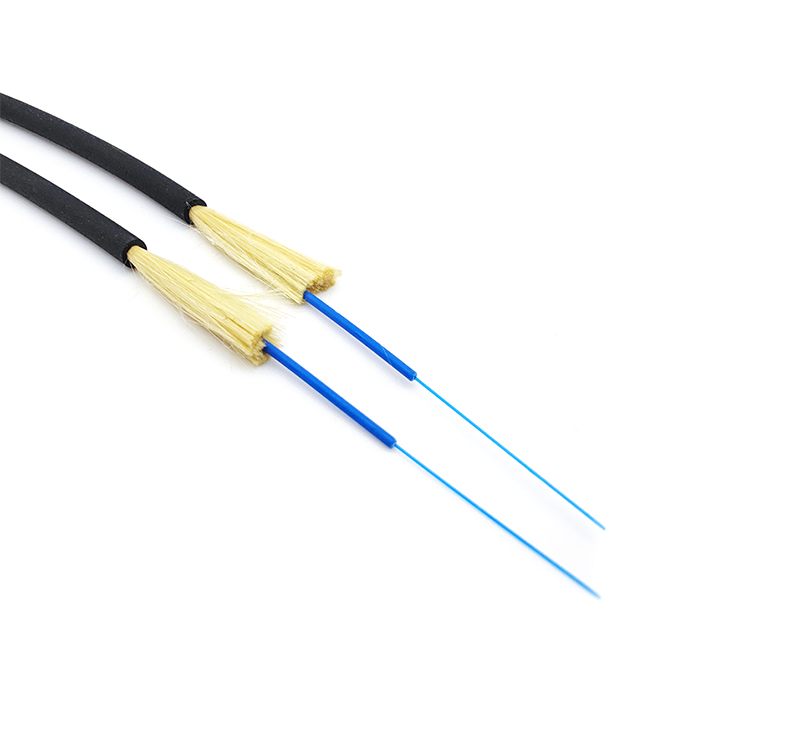What is the solution to the optical fiber transceiver indicator fault? In the process of fiber transceiver use, if because of improper operation, lead to a problem with the indicator light, then, in the face of this situation, how do we solve?

What are the common transceiver failures? The following is the help to diagnose the fault of each lamp:
1. If the optical port (FX) indicator of the transceiver is off, determine whether the optical fiber links are cross-linked. One end of the fiber jumper is connected in parallel mode; The other end is a cross-over connection.
2. If the optical port (FX) indicator of A transceiver is on, and the optical port (FX) indicator of B transceiver is not on, the fault is at the end of A transceiver. One possibility is that the optical transmitting port of A transceiver (TX) is bad, because the optical port (RX) of B transceiver cannot receive optical signals. Another possibility is that there is A problem with the fiber link at the TX port of the transceiver A (the cable or light jumper may be broken).
3. If the twisted-pair (TP) indicator is not on, first determine whether the twisted-pair connection is wrong or incorrectly connected. Can be used to test the on-off tester; (Note that the twisted pair indicator of some transceivers will not be on until the optical fiber link is connected)
4. There are MPR switches on the side of some generators, indicating that the connection line connecting the switch is a straight-through line; DTE switch: The connection line to the switch is a crossover line;
5. Some transceivers have two RJ45 ports: (ToHUB) indicates that the cable connected to the switch is a straight-through cable; (ToNode) Indicates that the cable connecting to the switch is a crossover cable.
If the FX light on the fiber transceiver is on, your fiber link is normal. If the TX light is off, the network cable is not properly connected. (commonly known as an electrical port, RJ45, or Ethernet port), both ends.










